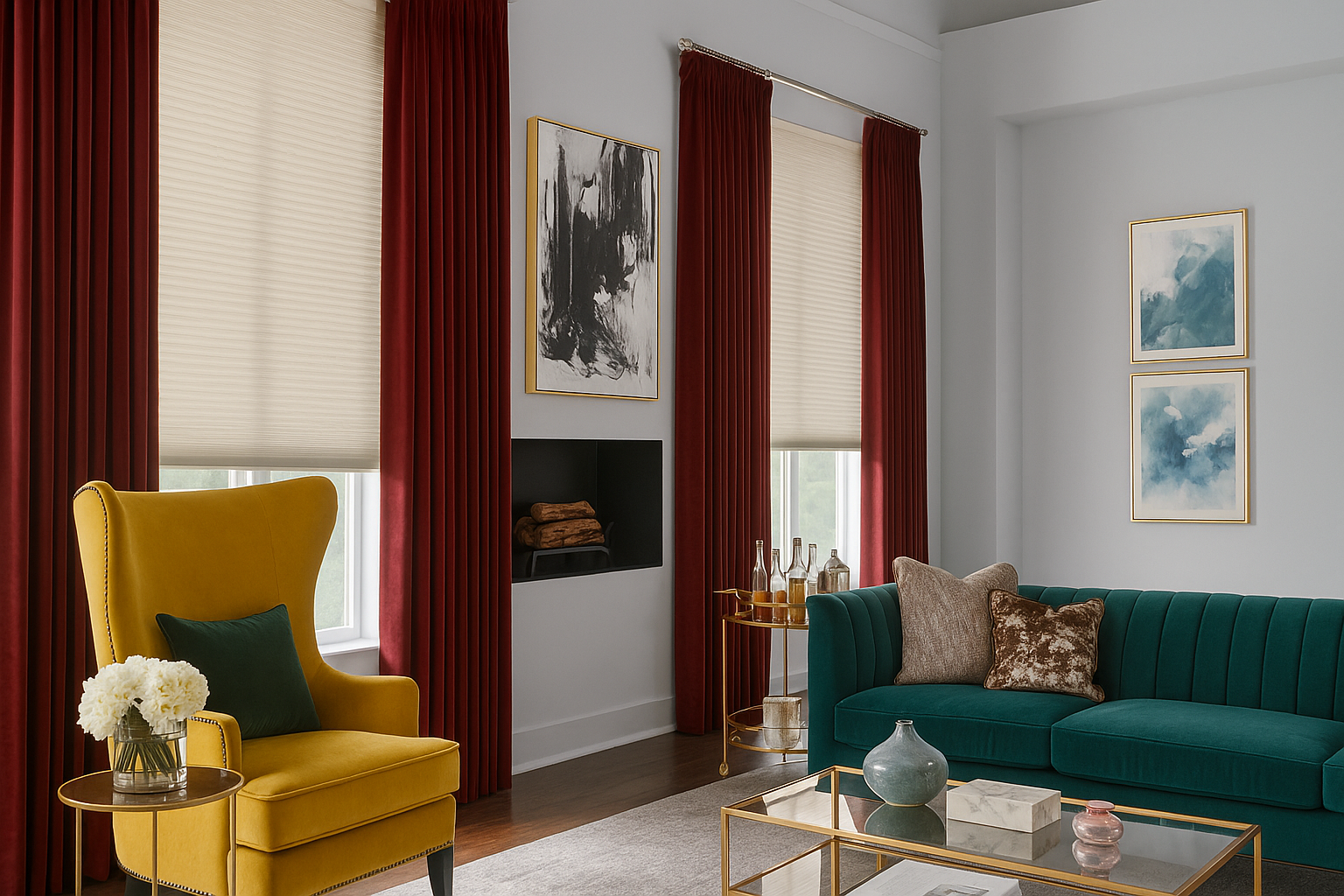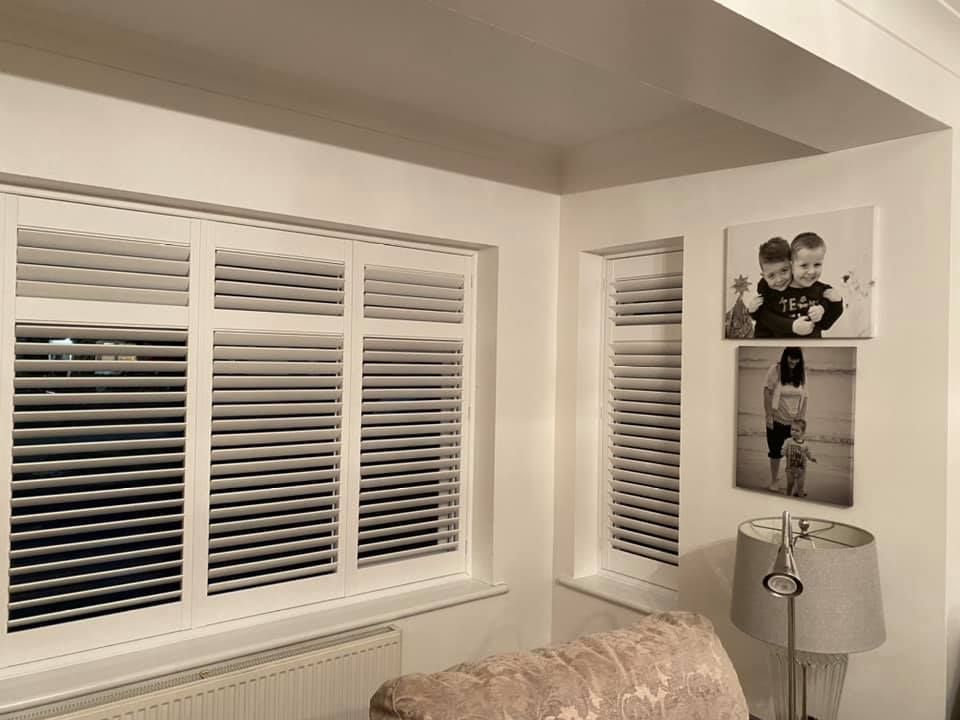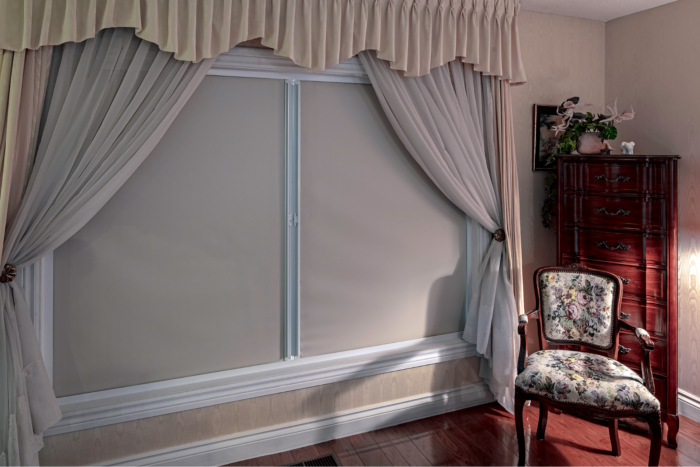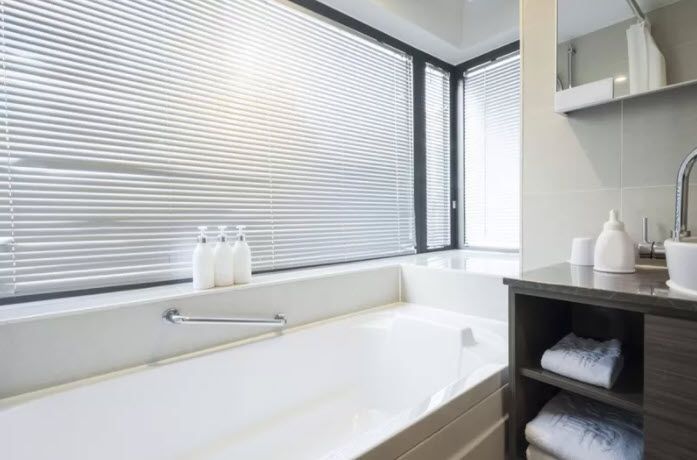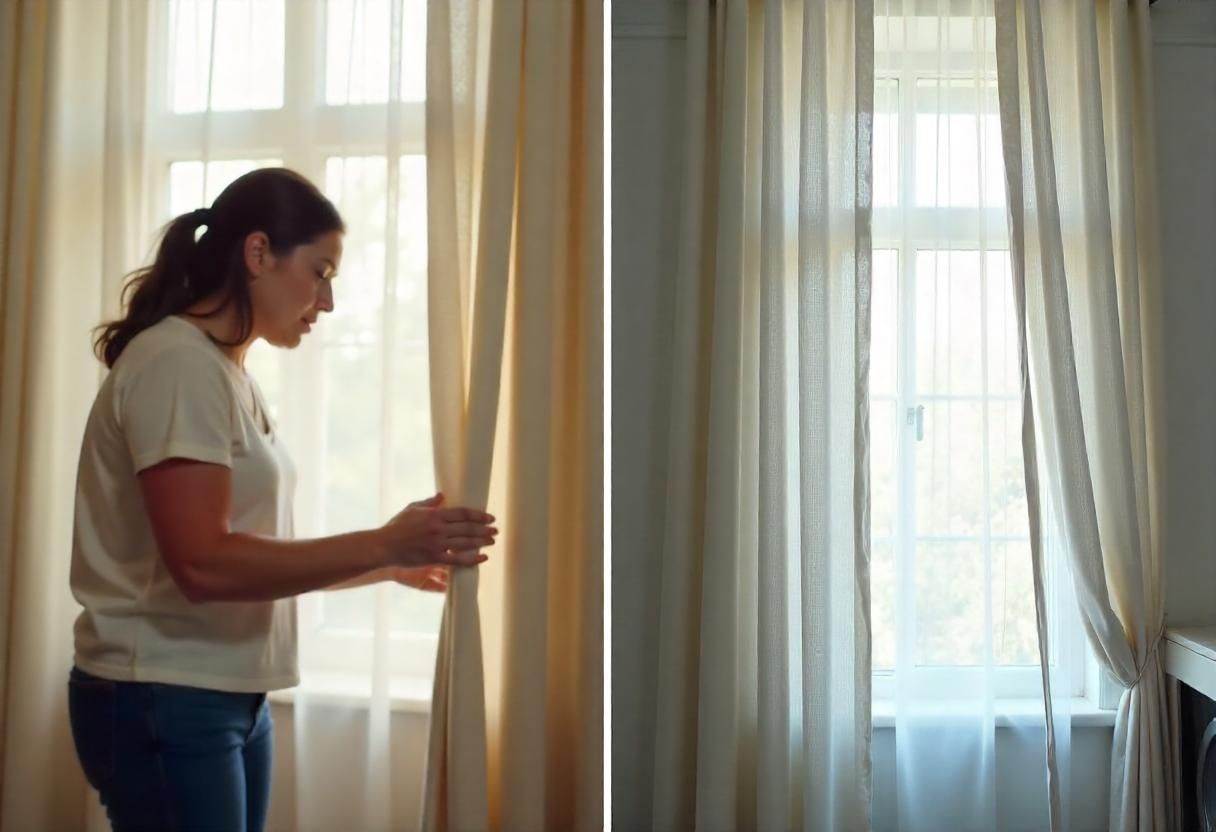The Complete Guide to Choosing the Right Color for Your Window Treatments
TLDR;
The right color for your
window treatments depends on the room’s purpose, your desired mood, and how the treatments coordinate with existing décor. Consider light levels, room size, and function, then test samples in your space to see how colors look throughout the day. This ensures you choose a color that matches your style while supporting comfort and practicality.
Why Choosing the Right Color Matters
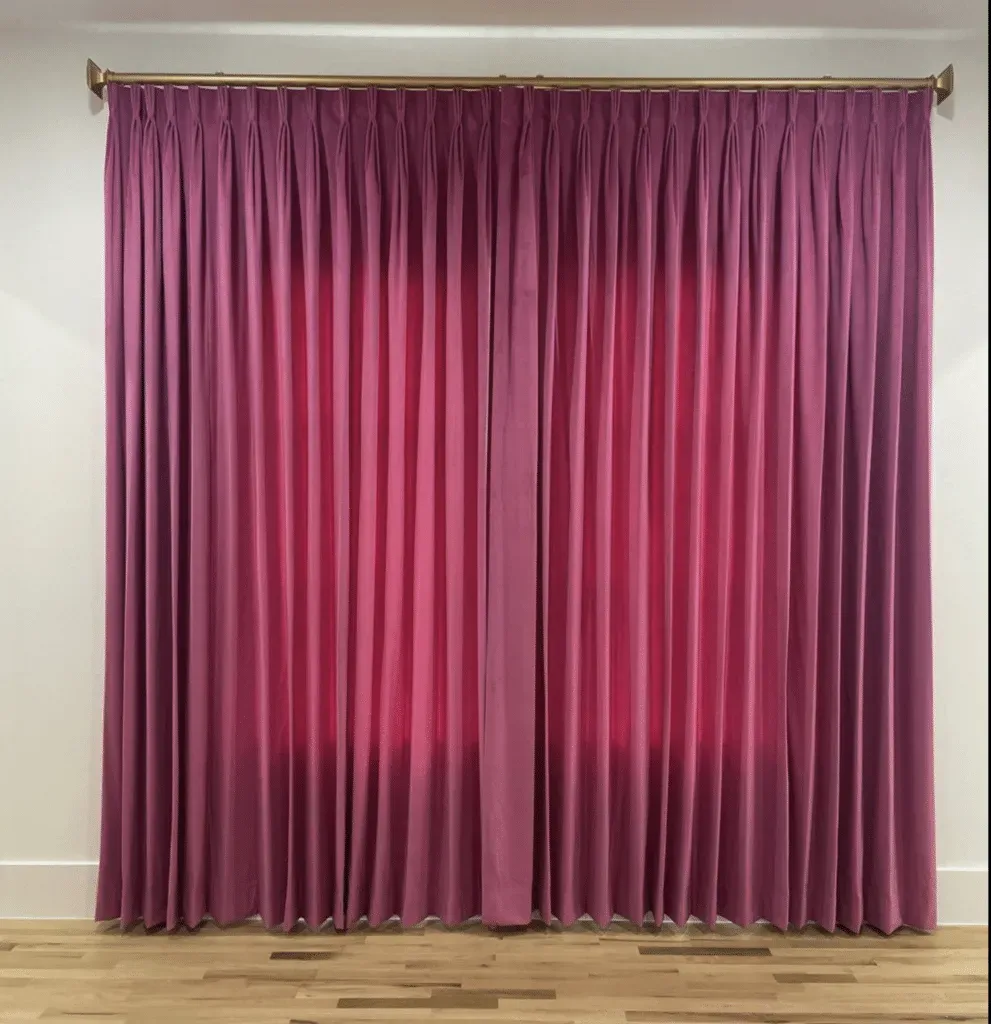
Color choice for window treatments affects the look, feel, and performance of a space. It impacts mood, lighting, energy efficiency, and how cohesive your room appears. At Love Is Blinds MI, we approach color selection as both a design decision and a functional choice.
Understanding Color Theory for Window Treatments
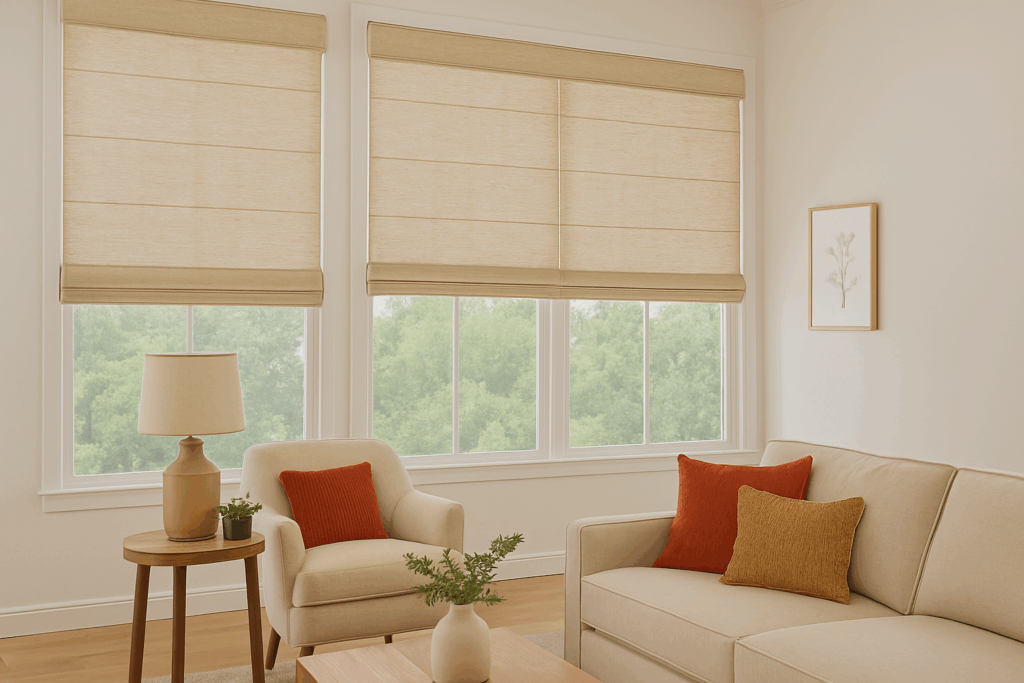
Monochromatic, Complementary, and Analogous Schemes
- Monochromatic: Shades of one color for a calm, unified look.
- Complementary: Opposite colors on the wheel for contrast and vibrancy.
- Analogous: Neighboring colors for a blended, harmonious effect.
Choosing the right scheme ensures your window treatments fit seamlessly with your décor.
How Color Affects Mood
- Neutrals, such as beige, gray, and ivory, create a calm and versatile atmosphere.
- Blues and greens promote relaxation, ideal for bedrooms.
- Warm colors like gold, rust, or terracotta add energy and are well-suited for kitchens or living rooms.
- Darker tones add drama and intimacy in large rooms.
Matching to Existing Décor
- Align with wall color for a seamless feel.
- Contrast for visual interest when you want the windows to stand out.
- Consider flooring, trim, and furniture tones for balance.
Functional Considerations When Selecting Color
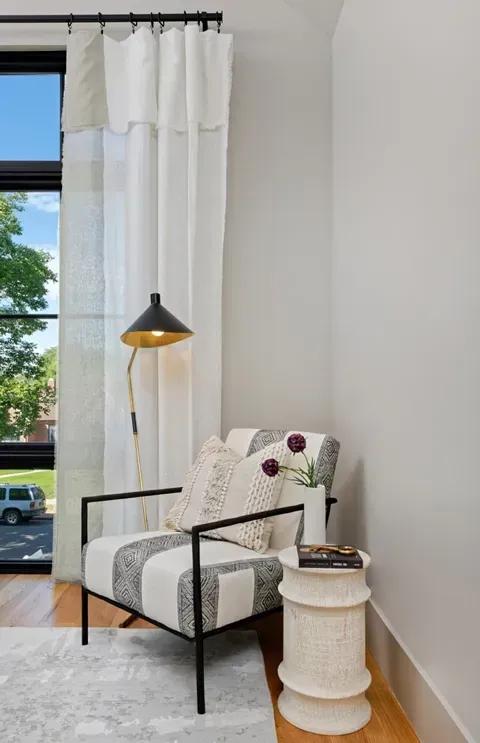
Light Control
- Light fabrics in pale colors diffuse daylight without blocking views.
- Darker fabrics in dense weaves block more light and add privacy.
- For rooms with strong sun exposure, choose mid- to dark-toned fabrics with UV protection.
Energy Efficiency
In Michigan’s changing seasons, color impacts insulation.
- Darker, lined fabrics help retain heat in winter.
- Lighter, reflective colors keep interiors cooler in summer.
UV Protection
Prolong furniture life by selecting fabrics with UV-blocking properties, especially in lighter shades that resist fading.
Room-by-Room Window Treatment Color Guide
Bedroom Window Treatment Colors
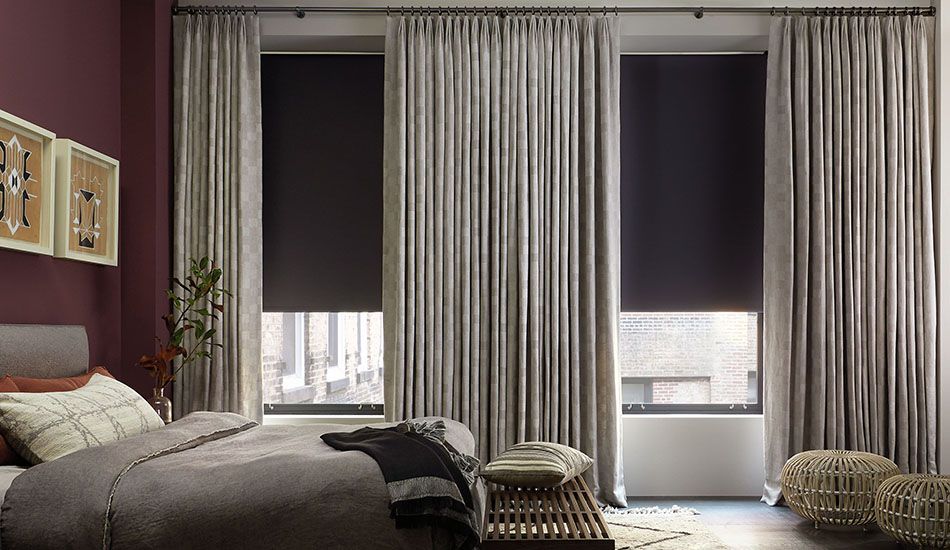
- Restful neutrals, such as soft gray, beige, or pale blue, help promote sleep.
- Jewel tones create a cozy, sophisticated mood.
- Blackout linings in any color improve darkness for better rest.
Living Room Color Choices
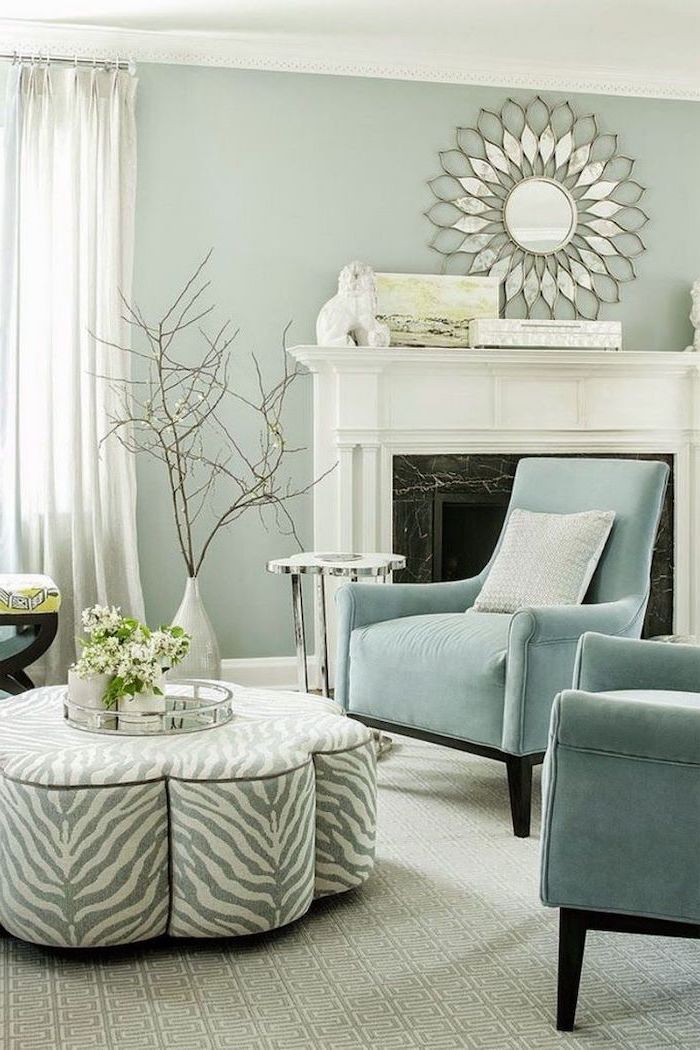
- Light, sheer fabrics brighten spaces and reduce glare.
- Bold patterns or deeper colors add personality in larger living rooms.
- Coordinate with upholstery or rugs for cohesion.
Home Office Colors
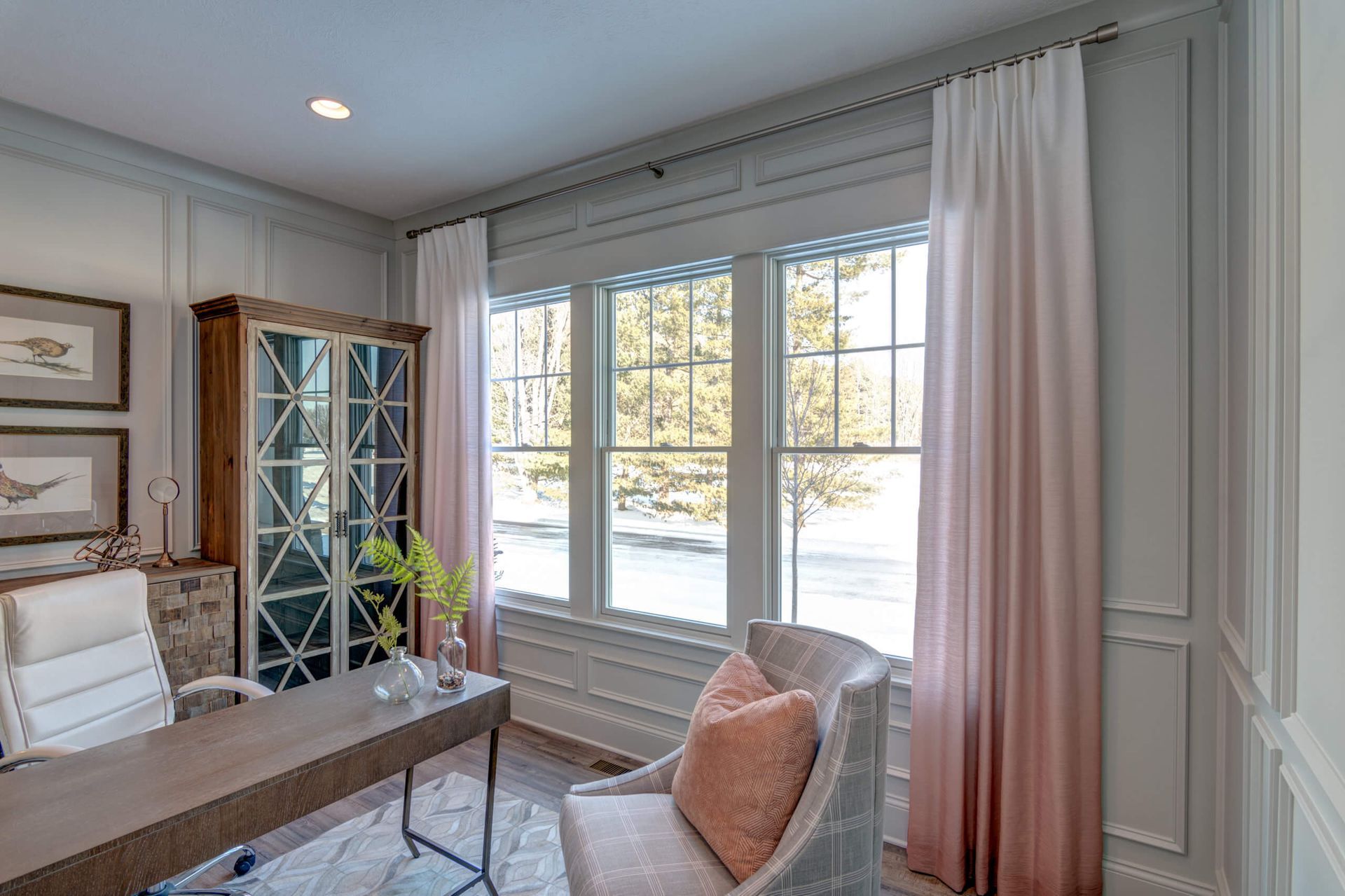
- Neutral tones reduce distraction and eye strain.
- Soft blues or greens support focus.
- Avoid overly dark colors that may make the space feel smaller.
Kitchen and Bathroom Colors
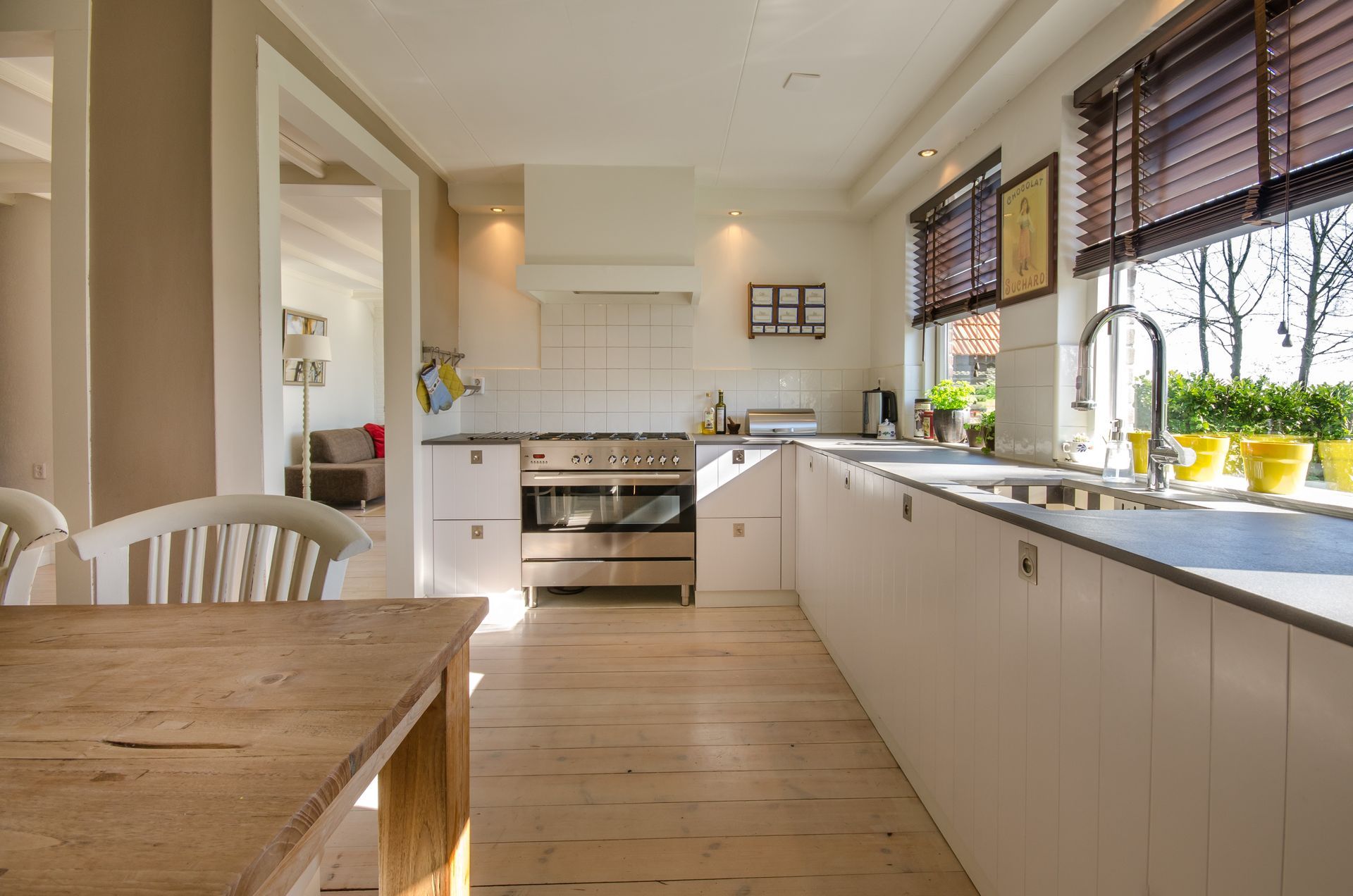
- Light neutrals keep spaces fresh and airy.
- Moisture-resistant fabrics in colors that hide water marks are practical.
- Consider warmer tones in kitchens for a welcoming feel.
Seasonal Color Strategies for Michigan Homes
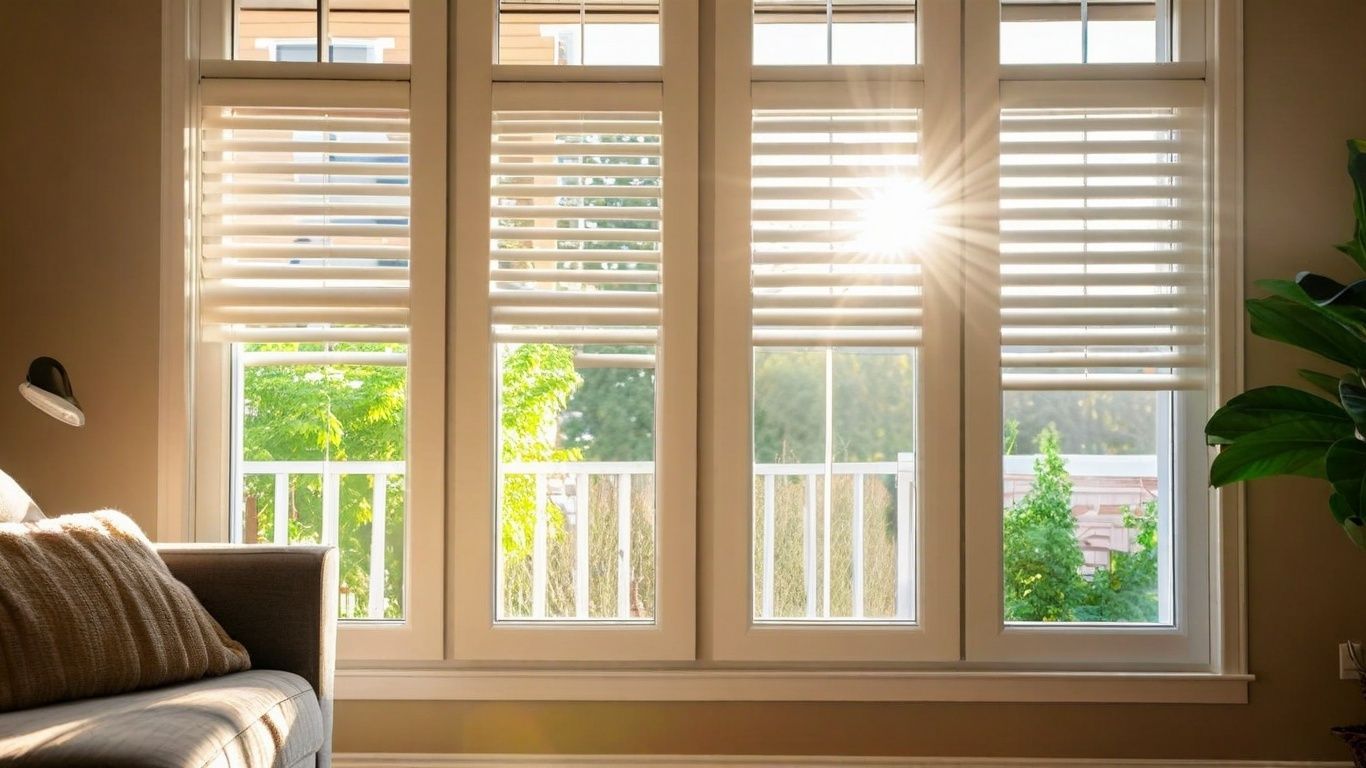
Winter
- Warm-toned treatments, such as deep reds, golds, or rich browns, help spaces feel warmer.
- Layer with thermal linings to improve insulation.
Summer
- Light neutrals reflect heat and brighten interiors.
- Whites, creams, and pale grays suit a cool, airy look.
Current Trends in Window Treatment Colors
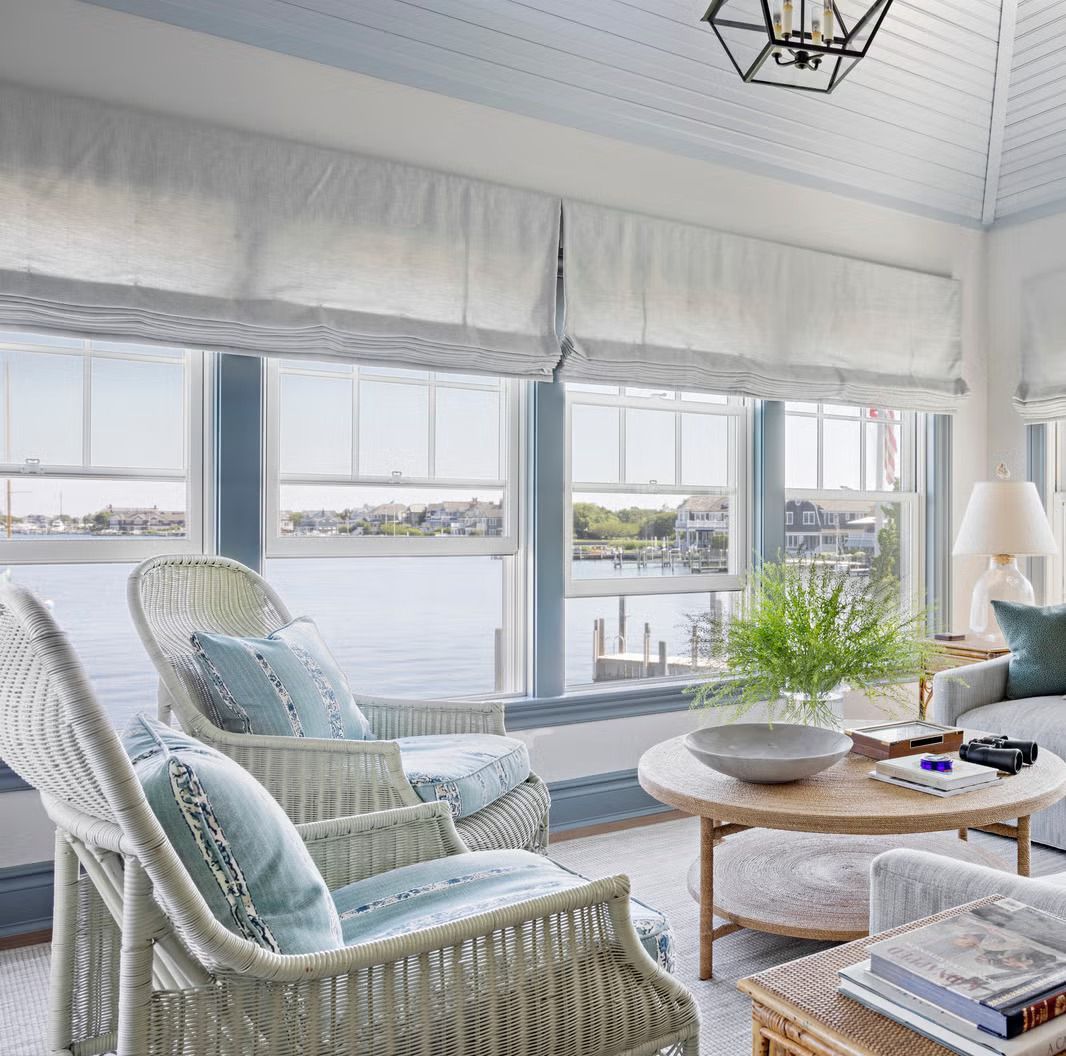
- Bold patterns paired with solid neutrals for balance.
- Eco-friendly, natural-toned fabrics in beige, taupe, or muted greens.
- Layered treatments combining sheers with solid panels for flexibility.
If you're looking for ideas that blend style with seasonally smart design, explore the latest
2025 window treatment color trends to find inspiration that fits your Michigan home’s needs.
Addressing Common Gaps in Color Advice
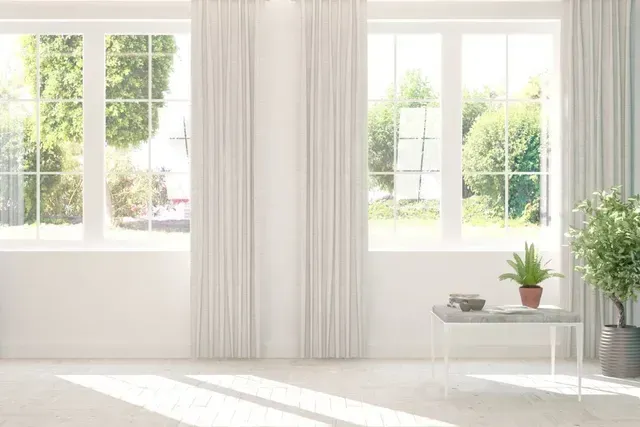
Applying True Color Theory
Many guides list trends without explaining why certain colors work together. Understanding monochromatic, complementary, and analogous schemes makes your choice more intentional.
Room-Specific Guidance
Different spaces have different light, privacy, and mood requirements. What works for a living room might fail in a home office.
Sampling Before You Commit
Colors shift under different light. Always view swatches in your room’s natural and artificial lighting before deciding.
Step-by-Step Process for Choosing Window Treatment Colors
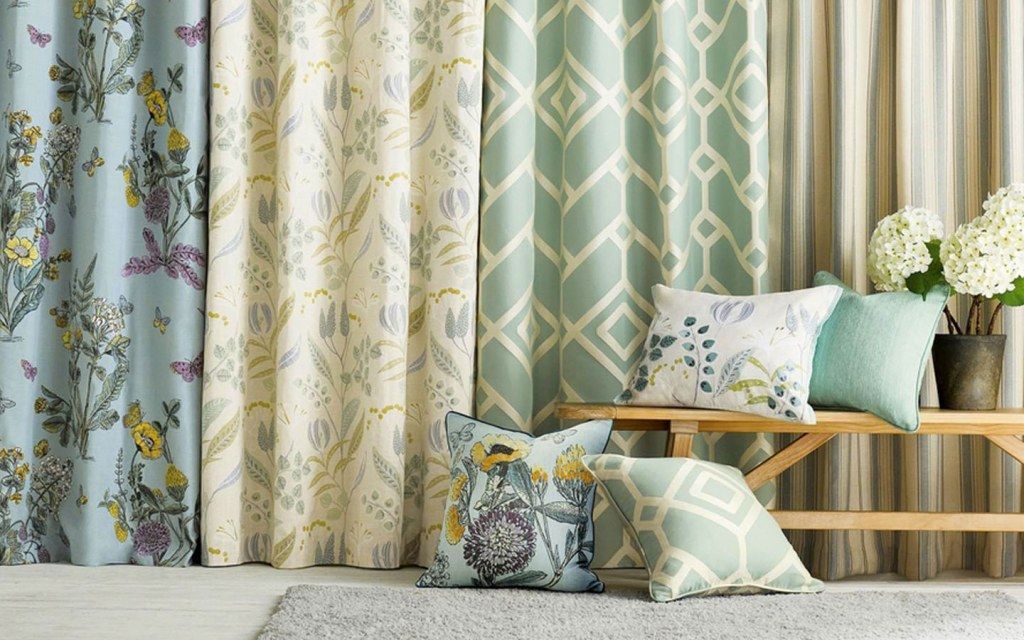
- Define the room’s main function.
- Decide the mood you want.
- Evaluate natural light and the size of the space.
- Select a color scheme approach.
- Match or contrast with existing décor elements.
- Shortlist 2–3 color options.
- Order swatches.
- Test swatches in your room at different times of day.
- Confirm color and fabric choice.
- Order your custom treatments.
Long-Term Considerations for Color Selection
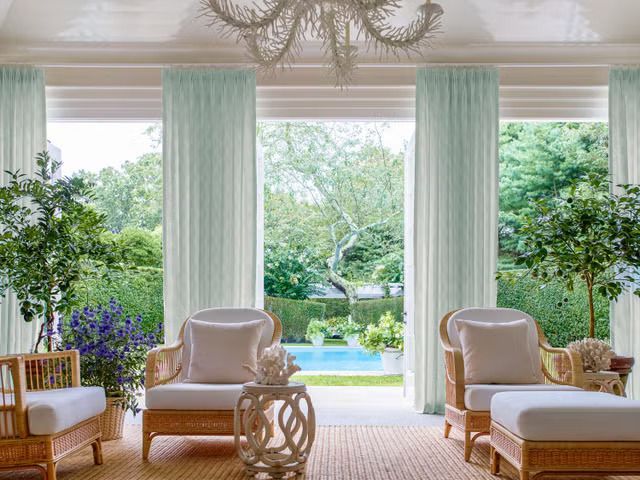
- Maintenance: Lighter fabrics show dirt more easily.
- Trends vs. timelessness: Neutrals last longer style-wise.
- Resale value: Neutral choices appeal to a broader audience when selling your home.


